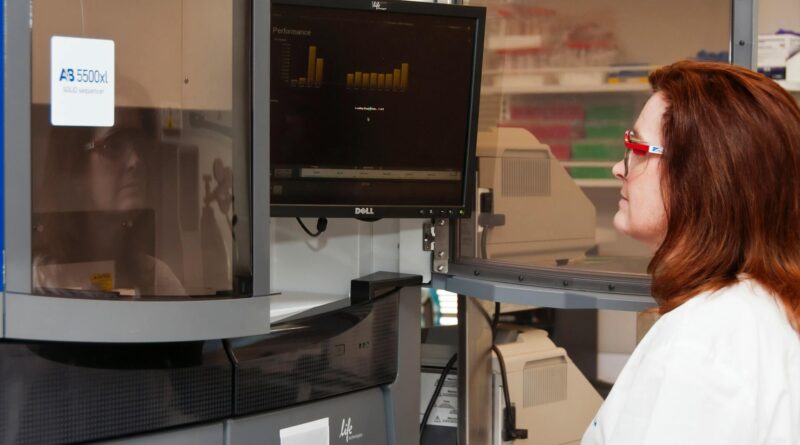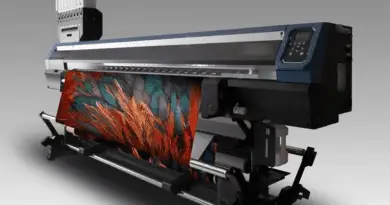How Finite Element Analysis Promotes Manufacturing Efficiency
Finite element analysis (FEA) is a computerized process of simulating the behavior of a product or part under given real-life conditions. Engineers use it to discover the physical properties and limits of a proposed design in terms of stress, vibration, fatigue, heat transfer, loading, elasticity, etc.
This prevents the need for creating prototypes (which cost money) to test the material behavior of the product during manufacturing.
Table of Contents
How the finite element analysis works
This analysis works by breaking down the product into millions of tiny (finite) elements. Mathematical models are then used to predict the behavior of each element according to the finite element method. A specialized software program then brings all of these units together to predict how the product or component will behave as a whole. It all happens as a simulation.
Engineers use such simulations during the manufacturing process to discover weak areas and defects that the product may have in order to correct them before producing it.
The simulations used in FEA are a combination — or mesh — of millions of small elements. Notably, these calculations are often polynomial, with interpolations taking place throughout the tiny elements. However, one cannot obtain values at every point since they can only be gotten at the boundary of each element.
Although finite element analysis solves a problem, FEA software should be cost-effective and easy to use to enable engineers to do more in less time. Hence, tools like the femap software that have capabilities to solve a wide range of problems with ease are preferred by engineers throughout the manufacturing industry.
Also Read: Key Business Functions That Can Be Easily Outsourced
Benefits of finite element analysis in manufacturing
The following are some benefits engineers stand to gain by leveraging this software.
1. Improved accuracy
Once upon a time, engineers had to sketch, manufacture, and test prototypes. At the end of the day, they may find that they overlooked some vital areas during production.
Now, FEA enables engineers to develop a “formula” for every material component that they can apply to all consequent products. This helps them determine the stress and other properties of critical areas they may have otherwise overlooked.
2. Better design
This analysis shows engineers how the stresses in one part of the product influence the materials in other separate but connected components. Without a doubt, FEA leads to improved accuracy in design as it shows how all elements affect the product’s overall behavior.
3. Improved productivity and efficiency
It allows manufacturers to produce more in less time, leading to enhanced productivity. And since they save cost on prototypes, this means a higher profit margin on each product and increased revenue.
4. Better insights into design parameters
The ability to see at a glance the likely defects and why a component may fail is one of the greatest needs of a product designer. Luckily, the FEA gives the engineer insights into the interior, exterior, and overall structure of a design, so they know what to expect.
Finally
The ability to simulate material behavior without manufacturing expensive prototypes is one of the most incredible benefits of FEA. This helps the manufacturing process save costs while becoming even faster and more efficient.




